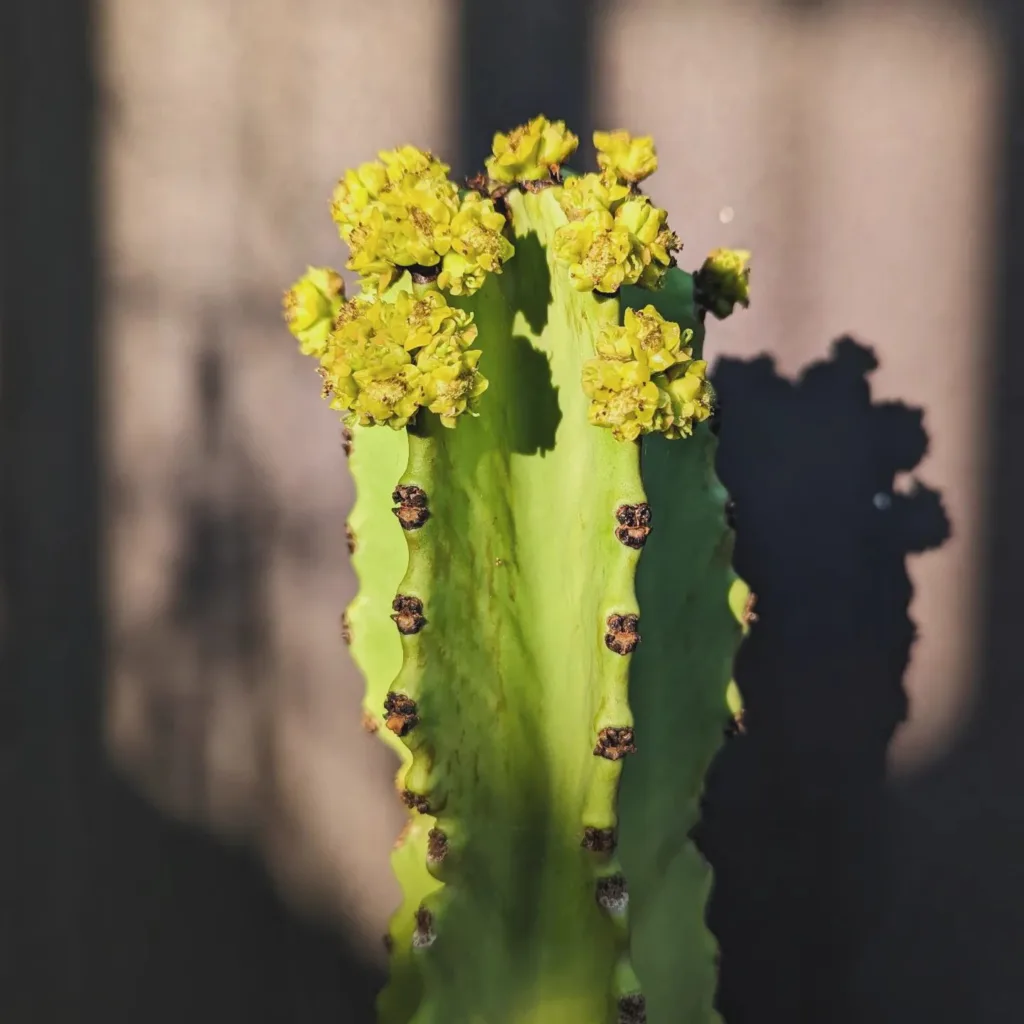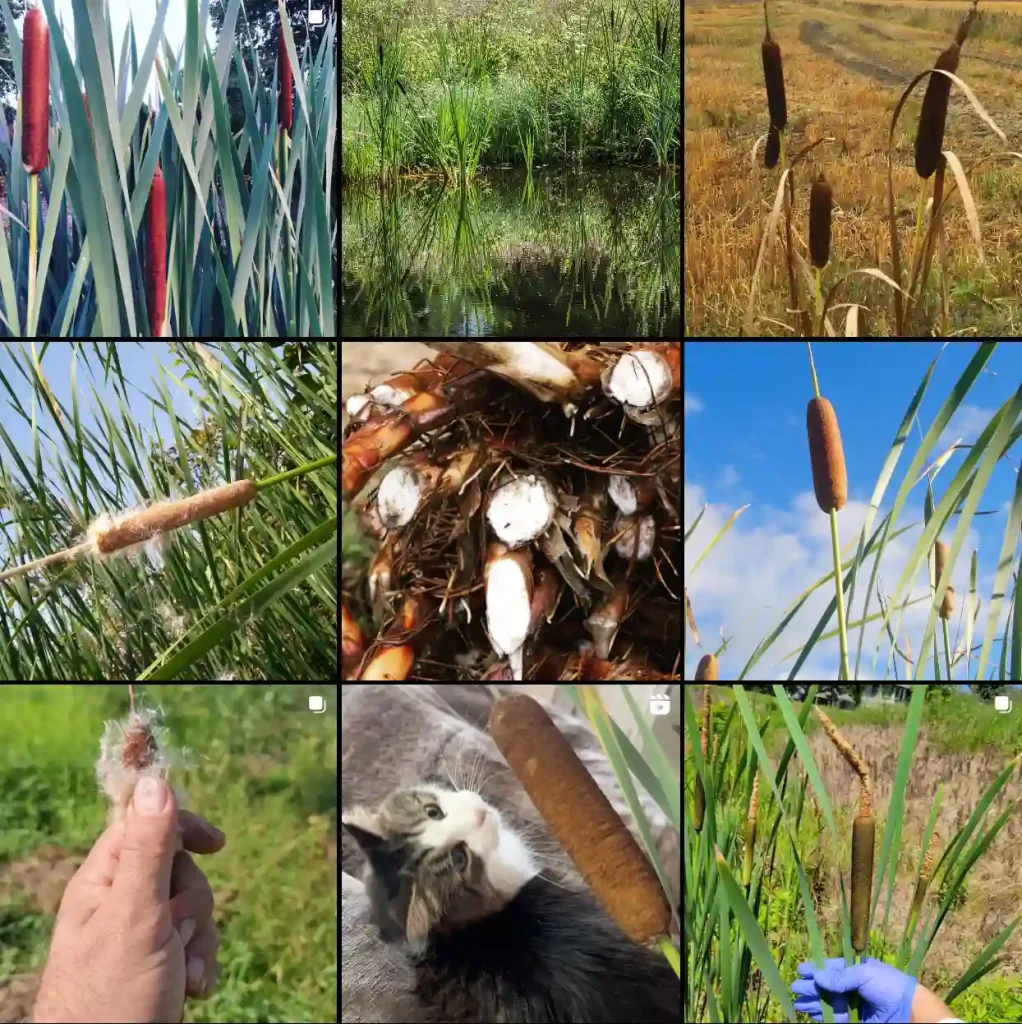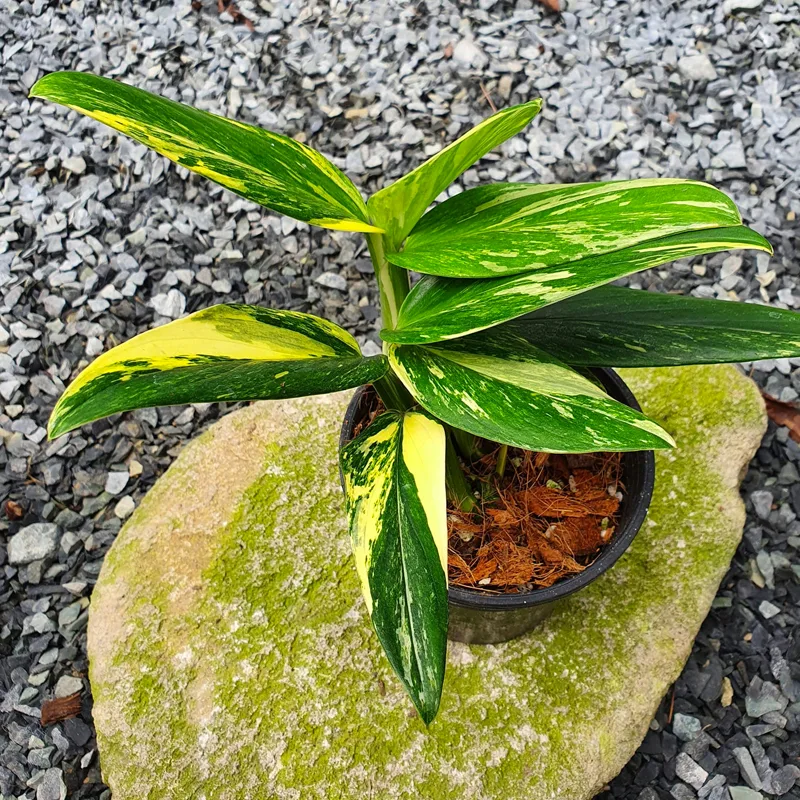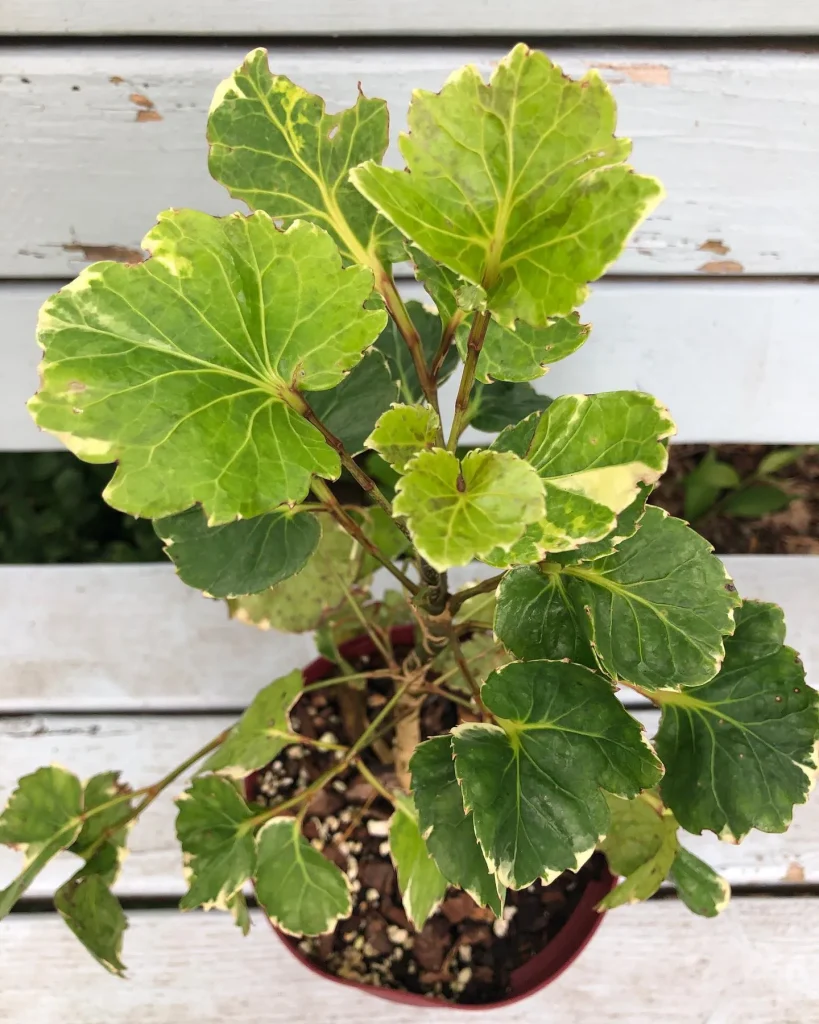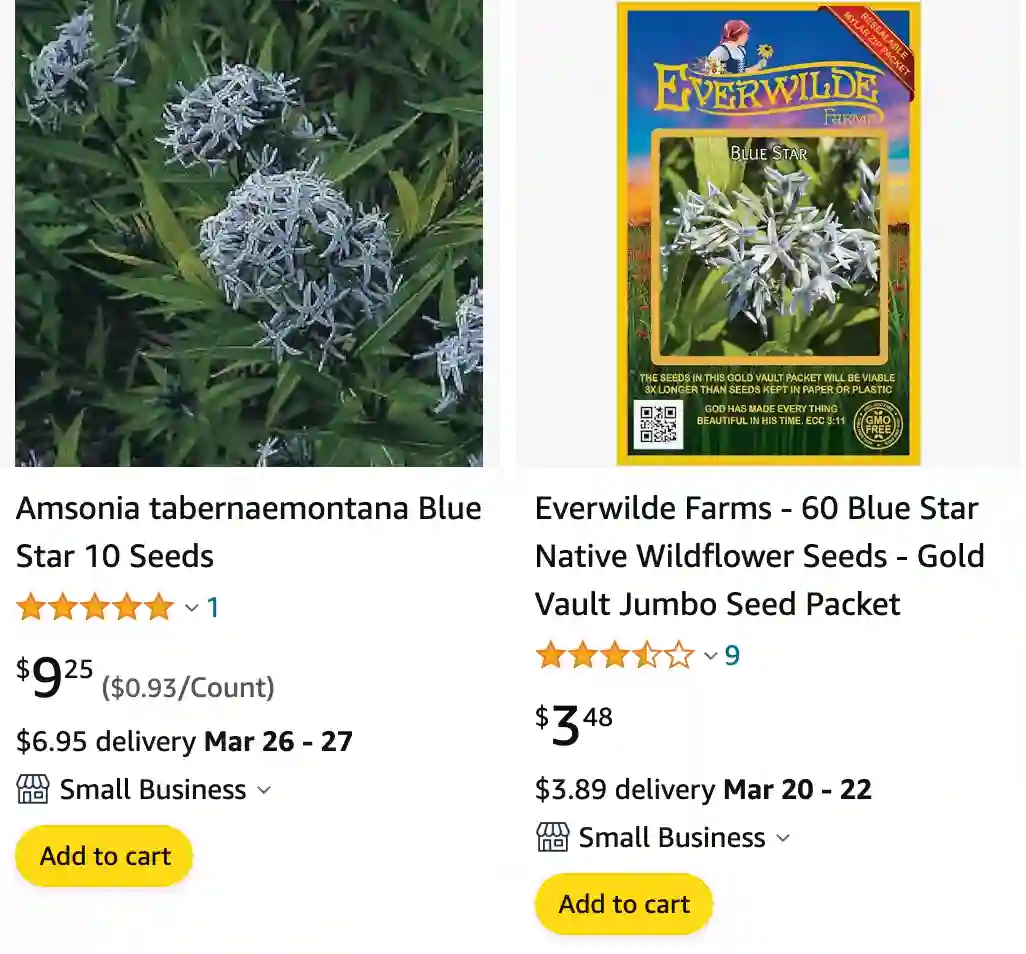
Amsonia Blue Star: A Touch of Azure in Your Garden
The tireless search for low-maintenance, visually stunning plants for my garden led me to Amsonia Blue Star. This perennial charmer stole my heart with its delicate, sky-blue blooms and graceful presence. But beyond aesthetics, Amsonia Blue Star offered a promise of resilience – a quality I deeply value in a plant.
Over the past few seasons of cultivating this beauty, I’ve delved into its secrets, from care requirements to ideal companions. Here’s what I’ve learned about Amsonia Blue Star, hoping it inspires you to add a touch of azure elegance to your own garden.
17 Species in Genus Amsonia
Amsonia Blue Star vs Blue Ice
I’ve grown Amsonia Blue Star and Blue Ice side by side, and I found Blue Star to be a bit more striking with its vibrant, star-shaped flowers that really pop in the garden. Blue Ice, on the other hand, has a slightly more delicate, airy appearance, but it seemed to hold up better in the heat and kept its foliage looking fresh longer into the season. Overall, while Blue Star stole the show with its bold blooms, I appreciated how Blue Ice handled the summer weather.
How to plant and care for Amsonia Blue Star?
Planting Amsonia Blue Star is a breeze. You can choose between spring, after the last frost, or early fall for introducing it to your garden. Pick a spot bathed in full sun – though it tolerates partial shade, full sun ensures the most vibrant blooms and fall foliage.
The plant isn’t fussy about soil – well-drained, average soil is perfectly suitable. When planting, space multiple Amsonia Blue Star a couple of feet apart to allow for their mature spread.
Here’s the beauty of Amsonia Blue Star: once established, it requires minimal watering. Deep watering during prolonged dry spells is sufficient. For fertilizer, a light application of compost in spring suffices.
Does Amsonia Blue Star Stay Green in Winter?
This was a question that lingered in my mind when I first encountered Amsonia Blue Star. The answer is no, it doesn’t retain its green foliage throughout winter. But fret not, fellow gardener! The trade-off is a spectacular display of golden yellow hues come fall, transforming your garden into a masterpiece of color.
Once winter arrives, the foliage dies back completely. Don’t be tempted to cut it back – leave it be as it provides winter protection for the crown. Come spring, you can simply remove the dead foliage to make way for new growth.
When Does Amsonia Blue Star Flower?
The star of the show arrives in late spring to early summer – a breathtaking display of delicate, pale blue, star-shaped flowers. These delightful blooms cluster along the sturdy stems, creating a visual feast that lasts for weeks.
The star-shaped flowers not only add a touch of elegance but also attract a delightful array of pollinators. Bees, butterflies, and even hummingbirds become frequent visitors to your garden, creating a vibrant ecosystem.
How to Propagate Amsonia Blue Star?
The beauty of Amsonia Blue Star is meant to be shared. Luckily, propagating this perennial is quite straightforward. There are two main methods: division and seeds.
Dividing established Amsonia Blue Star clumps in spring or fall is a simple way to increase your stock. Carefully dig up the clump and use a sharp knife to divide it into sections, each with healthy roots and shoots. Replant the divisions in your desired locations.
For the more patient gardener, seed propagation is an option. Collect the seed pods in fall once they turn brown and split open. Sow the seeds directly in containers filled with well-draining potting mix and keep them moist. Germination can take several weeks, so patience is key.
Planting Partners for Amsonia Blue Star: Creating a Harmonious Tapestry
Amsonia Blue Star plays well with others in the garden. Here are some of my favorite companions for this azure beauty:
- Yellow perennials: Coreopsis, with its cheerful yellow blooms, creates a sunny contrast.
- Pink perennials: Dianthus, with its soft pink flowers, adds a touch of romance.
- Grasses: Ornamental grasses like feather reed grass provide textural interest and movement.
- Low-growing perennials: Creeping phlox adds a layer of color at the base of the Amsonia Blue Star.
Beyond the Azure: Additional Considerations
Amsonia Blue Star is generally pest and disease resistant. However, be mindful of occasional infestations of aphids or leafhoppers. A blast of water from the hosepipe is usually enough to dislodge these soft-bodied insects.
In conclusion, Amsonia Blue Star is a low-maintenance perennial that rewards gardeners with stunning blue blooms, attractive foliage, and vibrant fall color. Its easy-going nature and elegant presence make it a valuable addition to any garden. So, if you’re looking for a touch of effortless beauty, consider welcoming Amsonia Blue Star into your horticultural haven.

